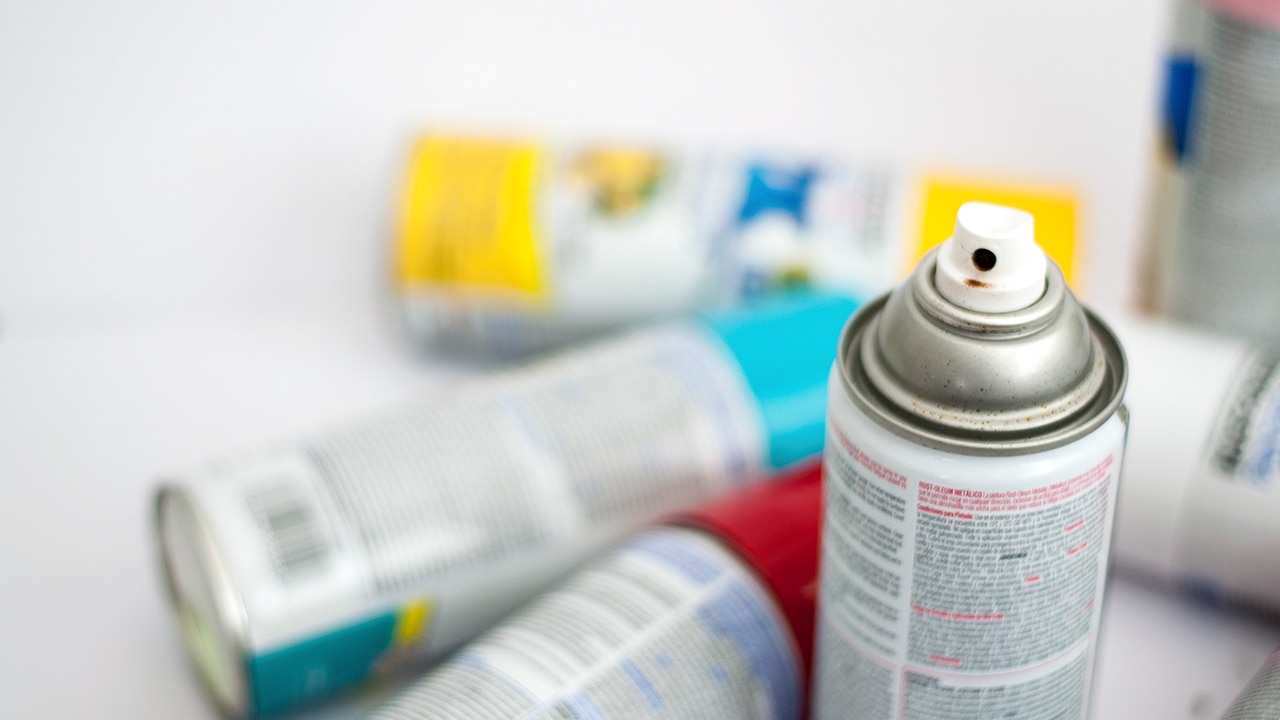When the word ‘Spray paint’ is generally mentioned, all that comes to one’s mind is graffiti. Truth be told, spray paints have come a long way from being a mere tool in graffiti painting to a cheap, convenient option for interior decorations. Aerosol based spray paints can be used in variety of DIY crafts, speciality painting application such as painting door knobs, furniture and many other articles. The process of spray painting eliminates the need to mix paints in the right ratio and thereby a great choice for those who are just stepping into the realms of painting or to carry out small repair works.
The material that is usually spray painted most of the times is plastic. However, it is important to know that there are some important factors that govern how well a coat of paint is applied. The surface needs to be prepared and ready for it to readily adsorb the paint to its surface. This article discusses some of the important tips that can help one with spray paints.
Top Tips
No matter what the type of renovation one is planning to do or whatever DIY craft one is working on, spray painting is always a good choice: It takes less time and work than hand painting. On the counter side, the spray-painting technique requires quite precision and practice as one has to be careful not to overpaint a particular area. Navigating the can, while constantly monitoring the thickness of the coat is something that takes practice. In addition to this, it is important to prepare the surface before painting to ensure proper application of the paint.
- Clean Before Spraying
It is important to ensure the surface that is being painted is free of any dirt, dust or any other foreign particles to ensure proper application of the paint. Any grit underneath is glued to the surface, under the paint, which causes unevenness in the coat of the paint, effectively affecting the appearance of the paint and the finished surface.
Since, plastic is the material that is usually spray painted a lot, we’ll discuss about cleaning the surface of plastic. The plastic surface can be easily cleaned by using any all-purpose cleaner that can be easily wiped across the surface with a clean cloth. It is imperative not to use any abrasive cleaning substances or anything that has the potential to scratch the surface. If there’s any dirt that is difficult to remove, hosing down would be an ideal option.
- Sanding The Surface
Sometimes some plastics have a glossy coat that usually doesn’t let any paint coat sit for long. In order for the paint coat to be strong, there needs to be some roughness in the surface. This can be easily achieved by sanding the surface with a sanding block by a proper application of sufficient pressure. Care must be taken not to scratch the surface so bad that it makes the coat uneven. Any dirt left behind after sanding must also be removed before painting for an even painting.

